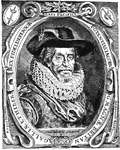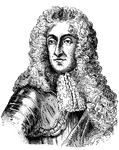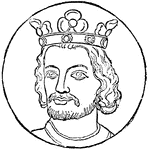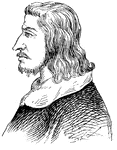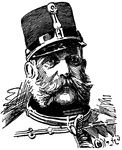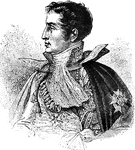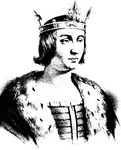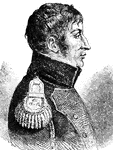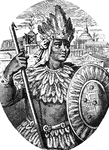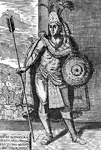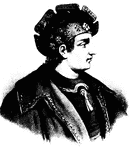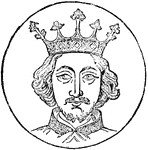The Kings ClipArt gallery provides 209 portraits of various kings throughout history.
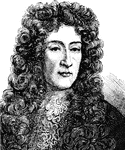
James II of England
James II of England and Ireland, James VII of Scotland (14 October 1633 – 16 September 1701) was…
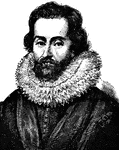
James the First
He ruled in Scotland as James VI from 24 July 1567, when he was only one year old, succeeding his mother…

King John
John (1166 – 11216), also known as John Lackland, was King of England from 1199 until his death in…
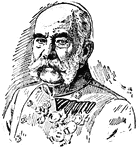
Francis Joseph I
"Francis Joseph I (1830-1916), emperor of Austria and king of Hungary, and next to the last of the Hapsburg…
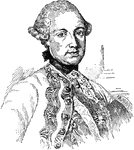
Joseph II
The Holy Roman Emperor from 1765 to 1790, and ruler of the Habsburg lands from 1780 to 1790.

King John
John (24 December 1167 – 19 October 1216) reigned as King of England from 6 April 1199, until…
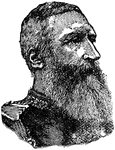
Leopold II
The king of Belgium, son of Leopold I., born in Brussels, April 9, 1835. he was liberally educated in…
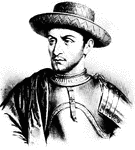
Louis XI of France
(1423-1483) King of France form 1461-1483 who united most of France under one crown. He also laid the…
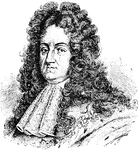
Louis XIV
"The age of Louis XIV. during the reign of Louis XIV, the son and successor of Louis XIII (1643-1715),…
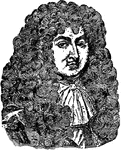
Louis XIV
King of France and King of Navarre from May 14, 1643 until his death. He inherited the Crown at the…

Louis XIV in his chambers
"The reign of Louis the Fourteenth has been termed the Augustan age of France. This monarch had none…
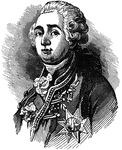
Louis XVI
Louis XVI (23 August 1754 – 21 January 1793), Louis-Auguste de France, ruled as King of France…

King Louis XVI of France
(1754-1793) King of France 1774-1793 who married Marie Antoinette and allowed France to become involved…
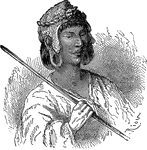
Manco Capac
An Inca Manco Capac, the first king of the Kingdom of Cuzco, according to Inca mythology.
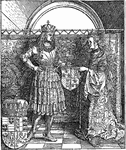
The Emperor Maximilian and his Bride, Mary of Burgundy
The Emperor Maximilian and his Bride, Mary of Burgundy is a woodcut that was created by German artist…

Emperor Maximilian
This is an engraving was created by Albrecht Dürer, of the Emperor Maximilian. He formed the first…
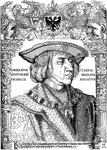
Emperor Maximilian
This a woodcut portrait of the Emperor Maximilian. It was created by Albrecht Dürer in 1519. A woodcut…
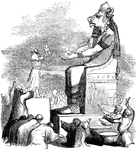
Moloch Being Worshipped
Moloch (or Mo'lech) is the name of an ancient deity which was worshipped by the Ammonites. The Israelites…
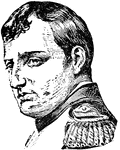
Napoleon
A general of the French Revoltion, and the ruler of France as First Consul of the French Republic from…
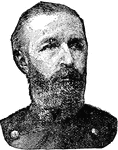
Fredrick Oscar
King of Sweden and Norway, born in Stockholm, Swden, Jan. 21, 1829. He is a son of Oscar I., and a brother…

Peter I of Russia
Peter I the Great or Pyotr Alexeyevich Romanov (June 1672–8 February 1725) ruled Russia and later…
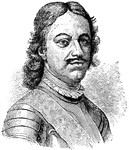
Peter the Great
"Peter the Great. This prince is one of the most extraordinary figures in history. As a boy he showed…
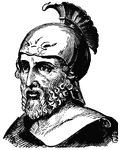
King Philip II of Macedon
(382-336 BC) King of Macedon 359-336 BC and father of Alexander the Great.

Pyrrhus
The King of Epirus, being obliged, on the murder of his father, to seek safety by flight, found a home,…

Richard I
Richard I (8 September 1157 – 6 April 1199) was King of England from 6 July 1189 until his death.…
Richard I
Richard I (1157 – 1199) was King of England from 1189 until his death. He also ruled as Duke of Normandy…
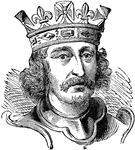
Richard I of England
Richard I (8 September 1157 – 6 April 1199) was King of England from 6 July 1189 until his death.…

King Richard I
King of England from 1189 to 1199. He was often referred to as Richard the Lionheart.

Richard II
Richard II (6 January 1367 – ca. 14 February 1400) was King of England from 1377 until he was…
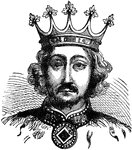
Richard II of England
Richard II (6 January 1367 – ca. 14 February 1400) was King of England from 1377 until he was…

King Richard II
King of England; son of the Black Prince and Joanna of Kent; born in Bordeaux, Jan. 6, 1369.

Richard III of England
Richard III (2 October 1452 – 22 August 1485) was King of England from 1483 until his death. He…
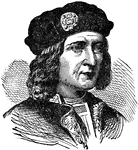
Richard III of England
Richard III (2 October 1452 - 22 August 1485) was King of England from 1483 until his death. He was…
